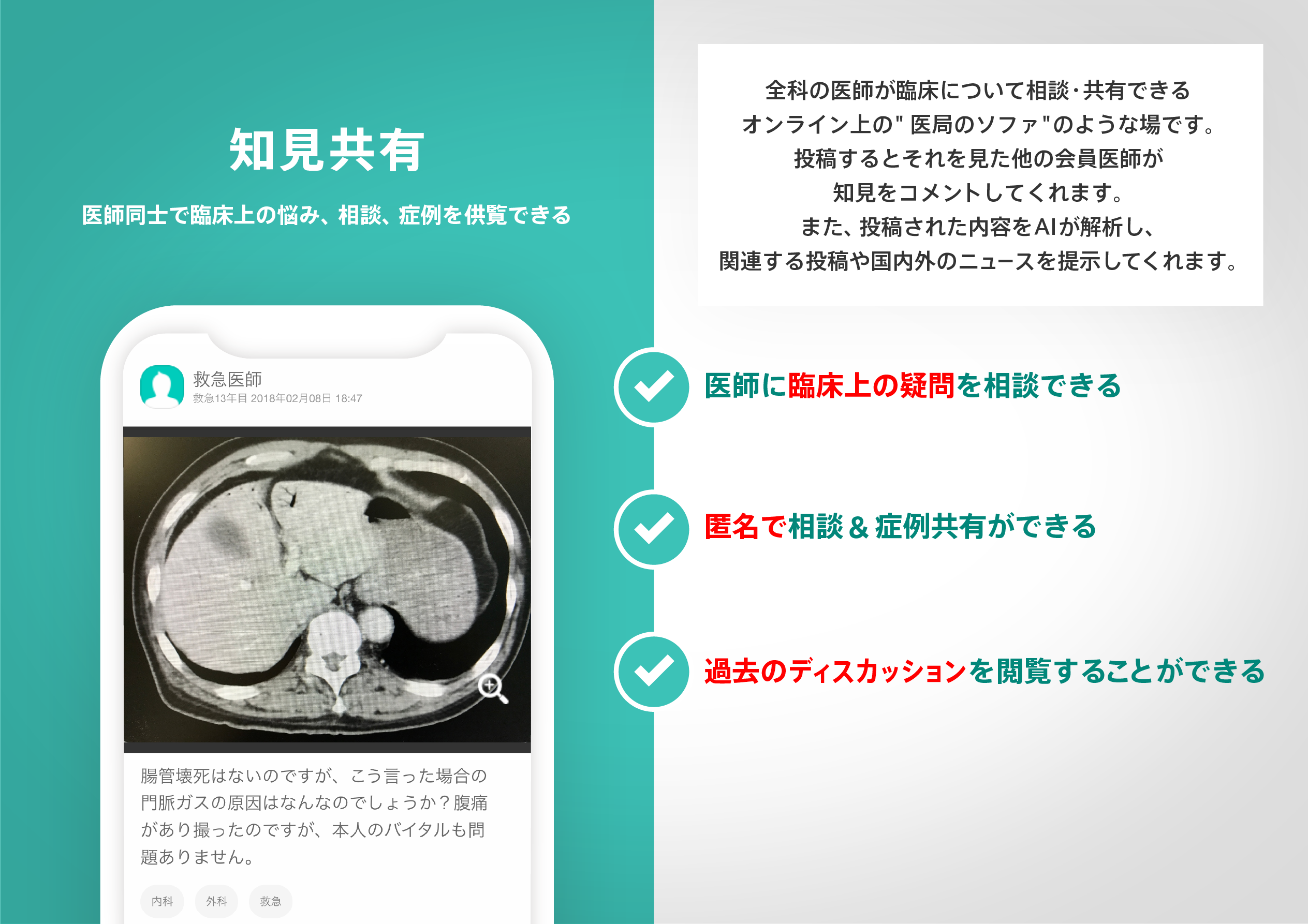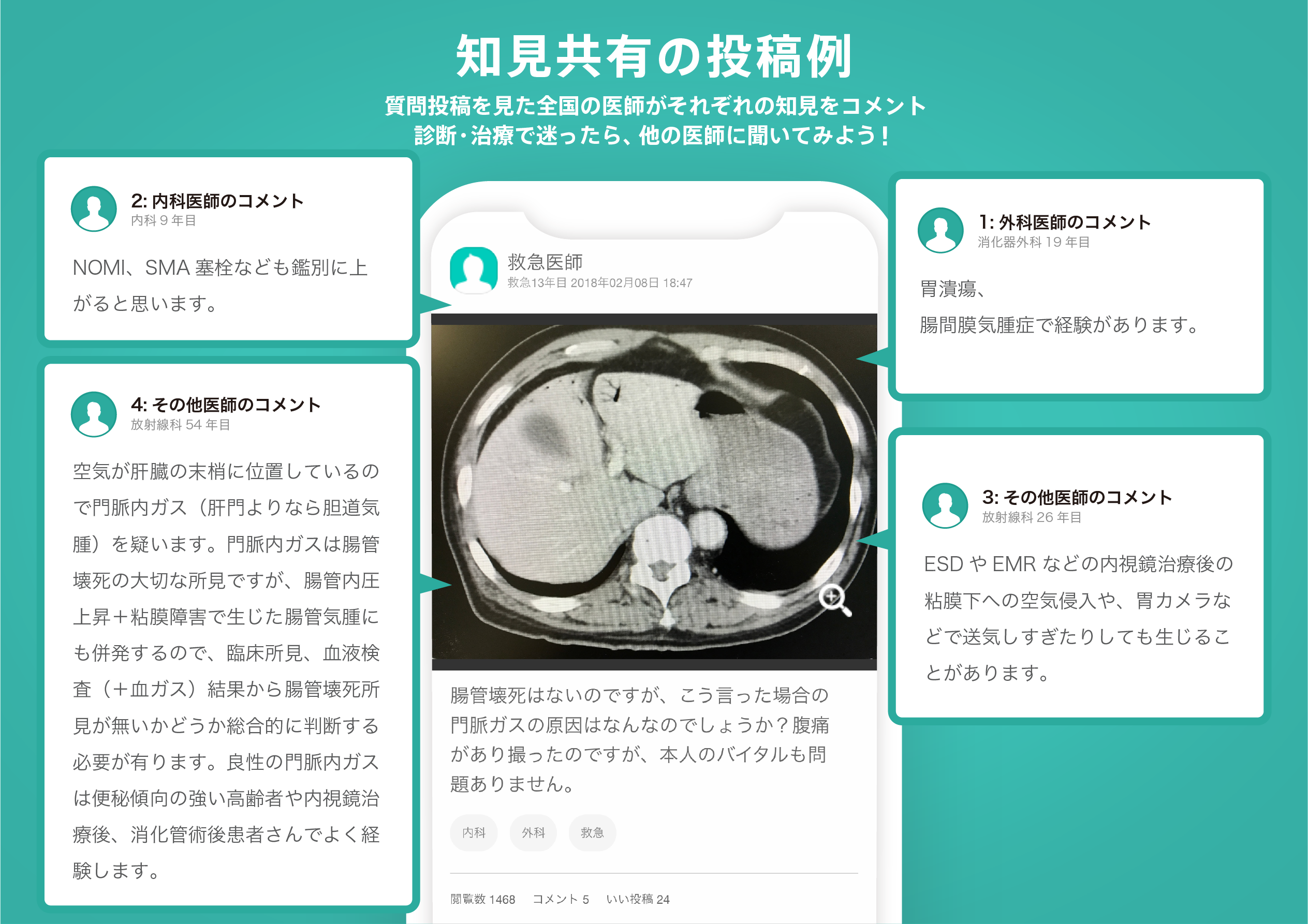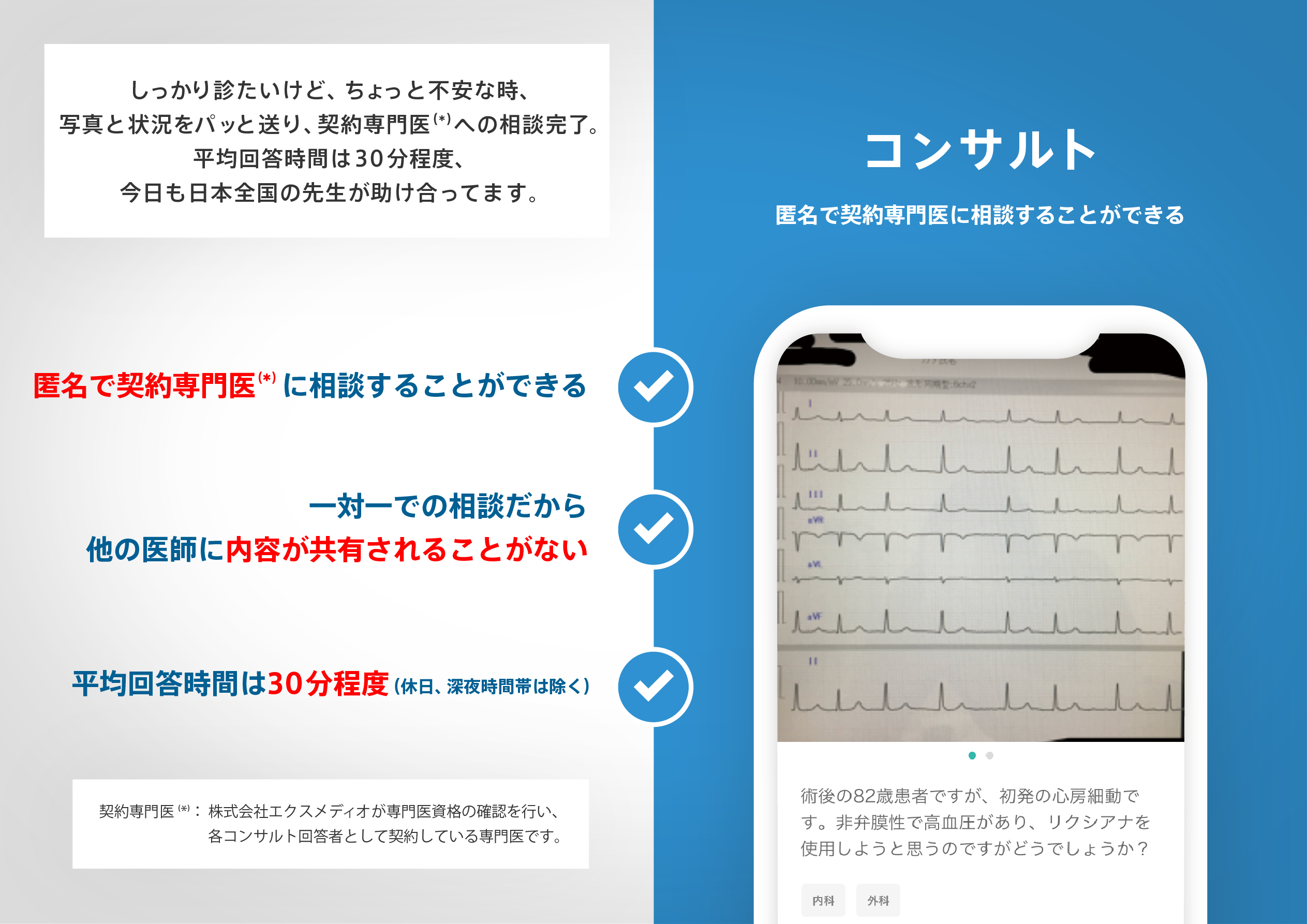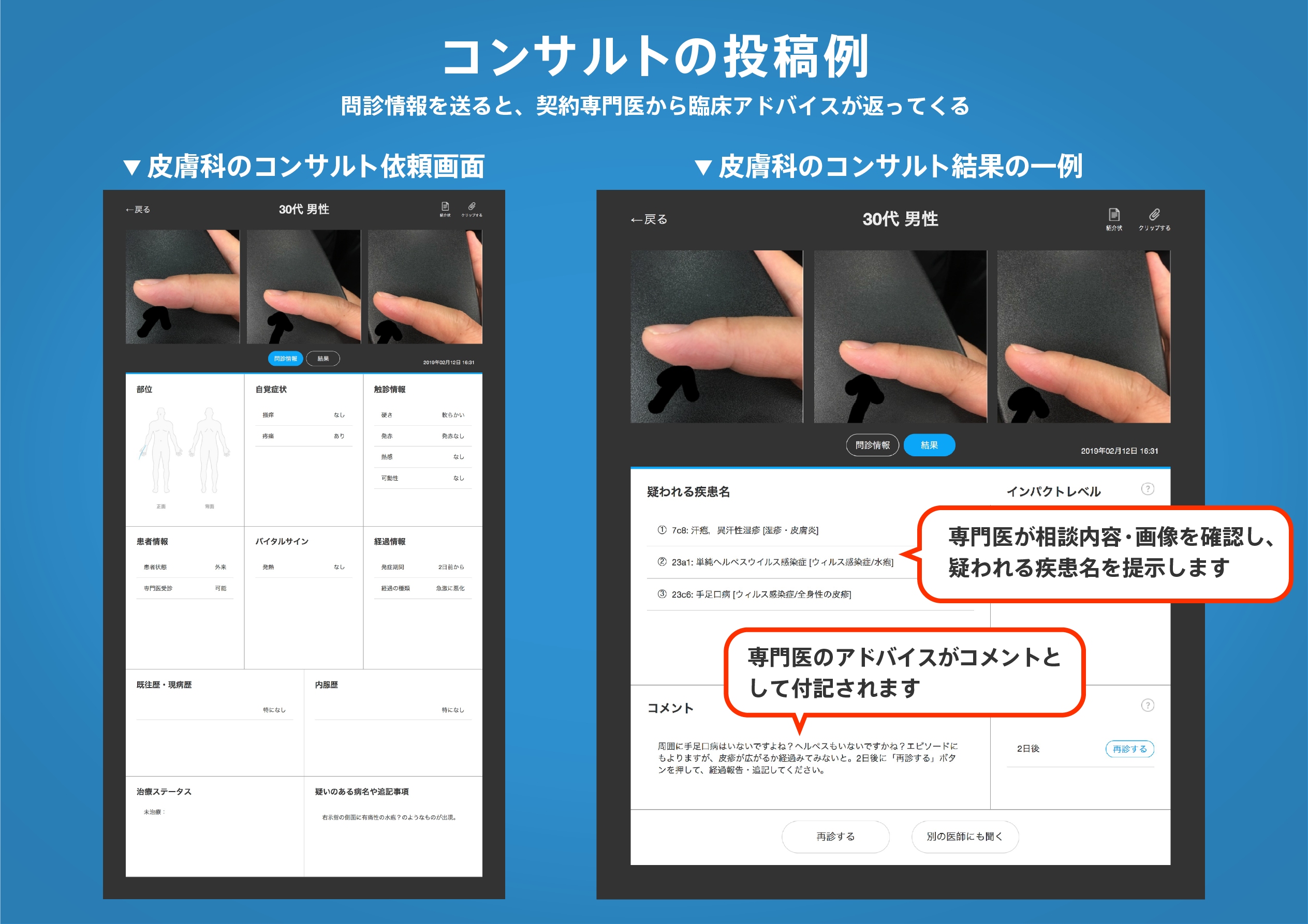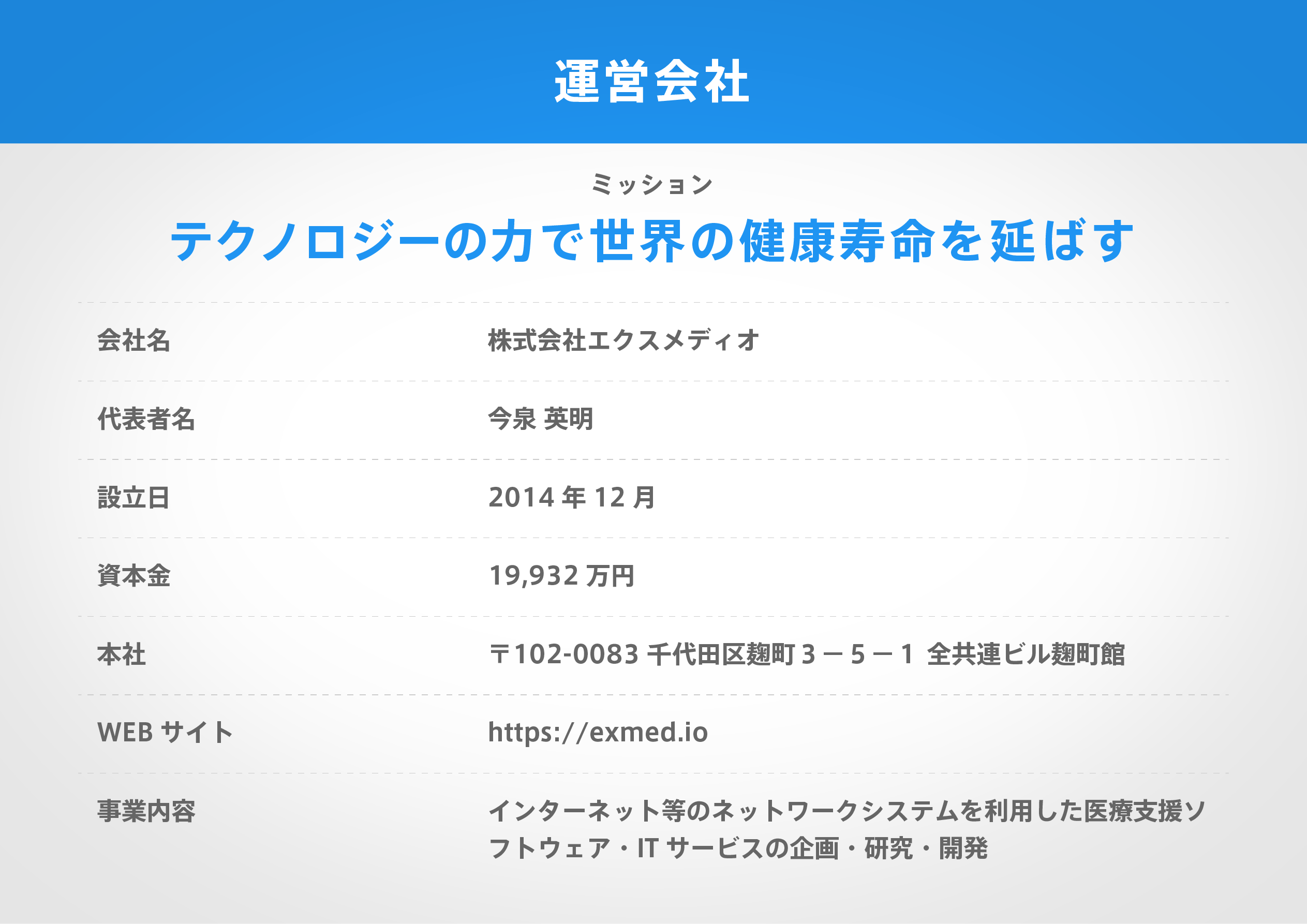著名医師による解説が無料で読めます
すると翻訳の精度が向上します
目的:Konstantin Buteyko、M.D.、Ph.D.は、呼吸標準時間(BHT)を使用して慢性過換気を検出できると主張し、BHTは肺胞Co(2)(PA(Co(2)))を予測すると主張しました。式。Buteyko呼吸法(BBT)は、BHTの増加によって証明されるように、慢性過呼吸を修正すると考えられています。この研究では、Buteykoの主張をテストし、BHTと末端二酸化炭素の関係(ETCO(2))と、Nijmegenアンケートを含む機能不全の呼吸(DB)の測定、呼吸アンケートの自己評価、および胸部を調査します。支配的な呼吸パターン。 被験者:83(83)の成人は健康または機能不全の呼吸をしている疑いがあり、29は異常な肺活量測定の測定値、54は正常な肺活量測定を備えています。 アウトカム測定:BBTプロトコルに従って実行されたBHTは、ETCO(2)およびNijmegenアンケートを含むDBのその他の測定値、および呼吸運動の手動評価、呼吸中の胸部脳のバランスを測定するための触知技術を含むDBの他の測定値とともに測定されました。dbの測定値間の相関は、サンプル全体および正常または異常な肺活量測定のサブグループでも行われました。DB測定値は、正常および異常な肺活量測定基で比較されました。 結果:結果は、BHTとETCO(2)(r = -0.241、p <0.05)の間に負の相関があることを明らかにしました。BHTは、異常な肺活量測定(FEV(1)またはFVC <15%以下のFVC <15%)の人で有意に短く、ETCO(2)レベルに異常と正常な肺活量測定グループのレベルに差はありませんでした。異常な肺活量測定グループでは、より低いBHTが胸部優性呼吸パターンと相関することがわかりました。(r = -0.408、p <0.028)。 結論:BHTは安静時のETCO(2)を予測していませんが、異常な肺活量測定の被験者の呼吸パターンと相関します。呼吸パターンの変化は、呼吸困難などの呼吸症状に寄与し、BBTなどの呼吸療法が呼吸の生体力学の効率を改善することにより症状に影響を与える可能性があることが提案されています。
目的:Konstantin Buteyko、M.D.、Ph.D.は、呼吸標準時間(BHT)を使用して慢性過換気を検出できると主張し、BHTは肺胞Co(2)(PA(Co(2)))を予測すると主張しました。式。Buteyko呼吸法(BBT)は、BHTの増加によって証明されるように、慢性過呼吸を修正すると考えられています。この研究では、Buteykoの主張をテストし、BHTと末端二酸化炭素の関係(ETCO(2))と、Nijmegenアンケートを含む機能不全の呼吸(DB)の測定、呼吸アンケートの自己評価、および胸部を調査します。支配的な呼吸パターン。 被験者:83(83)の成人は健康または機能不全の呼吸をしている疑いがあり、29は異常な肺活量測定の測定値、54は正常な肺活量測定を備えています。 アウトカム測定:BBTプロトコルに従って実行されたBHTは、ETCO(2)およびNijmegenアンケートを含むDBのその他の測定値、および呼吸運動の手動評価、呼吸中の胸部脳のバランスを測定するための触知技術を含むDBの他の測定値とともに測定されました。dbの測定値間の相関は、サンプル全体および正常または異常な肺活量測定のサブグループでも行われました。DB測定値は、正常および異常な肺活量測定基で比較されました。 結果:結果は、BHTとETCO(2)(r = -0.241、p <0.05)の間に負の相関があることを明らかにしました。BHTは、異常な肺活量測定(FEV(1)またはFVC <15%以下のFVC <15%)の人で有意に短く、ETCO(2)レベルに異常と正常な肺活量測定グループのレベルに差はありませんでした。異常な肺活量測定グループでは、より低いBHTが胸部優性呼吸パターンと相関することがわかりました。(r = -0.408、p <0.028)。 結論:BHTは安静時のETCO(2)を予測していませんが、異常な肺活量測定の被験者の呼吸パターンと相関します。呼吸パターンの変化は、呼吸困難などの呼吸症状に寄与し、BBTなどの呼吸療法が呼吸の生体力学の効率を改善することにより症状に影響を与える可能性があることが提案されています。
OBJECTIVES: Konstantin Buteyko, M.D., Ph.D., claimed that breath holding time (BHT) can be used to detect chronic hyperventilation and that BHT predicts alveolar CO(2) (Pa(CO(2))) according to his patented mathematical formula. The Buteyko Breathing Technique (BBT) is believed to correct chronic hyperventilation as evidenced by increased BHT. In this study, we test Buteyko's claims and explore the relationship between BHT and end-tidal carbon dioxide (ETCO(2)) as well as measures of dysfunctional breathing (DB) including the Nijmegen questionnaire, the Self Evaluation of Breathing Questionnaire, and thoracic dominant breathing pattern. SUBJECTS: Eighty-three (83) adults healthy or suspected of having dysfunctional breathing, 29 with abnormal spirometry readings, 54 with normal spirometry. OUTCOME MEASURES: BHT, performed according to BBT protocols, was measured along with ETCO(2) and other measures of DB including the Nijmegen questionnaire, and manual assessment of respiratory motion, a palpatory technique for measuring thoraco-abdominal balance during breathing. Correlations between measures of DB were made in the whole sample and also in subgroups with normal or abnormal spirometry. DB measures were compared in normal and abnormal spirometry groups. RESULTS: The results revealed a negative correlation between BHT and ETCO(2) (r= -0.241, p<0.05), directly opposite to Buteyko's claims. BHT was significantly shorter in people with abnormal spirometry (FEV(1) or FVC<15% below predicted), with no difference in ETCO(2) levels between the abnormal and normal spirometry groups. In the abnormal spirometry group, lower BHT was found to correlate with a thoracic dominant breathing pattern. (r= -0.408, p<0.028). CONCLUSIONS: Although BHT does not predict resting ETCO(2), it does correlate with breathing pattern in subjects with abnormal spirometry. It is proposed that altered breathing pattern could contribute to breathing symptoms such as dyspnea and that breathing therapies such as BBT might influence symptoms by improving the efficiency of the biomechanics of breathing.
医師のための臨床サポートサービス
ヒポクラ x マイナビのご紹介
無料会員登録していただくと、さらに便利で効率的な検索が可能になります。


